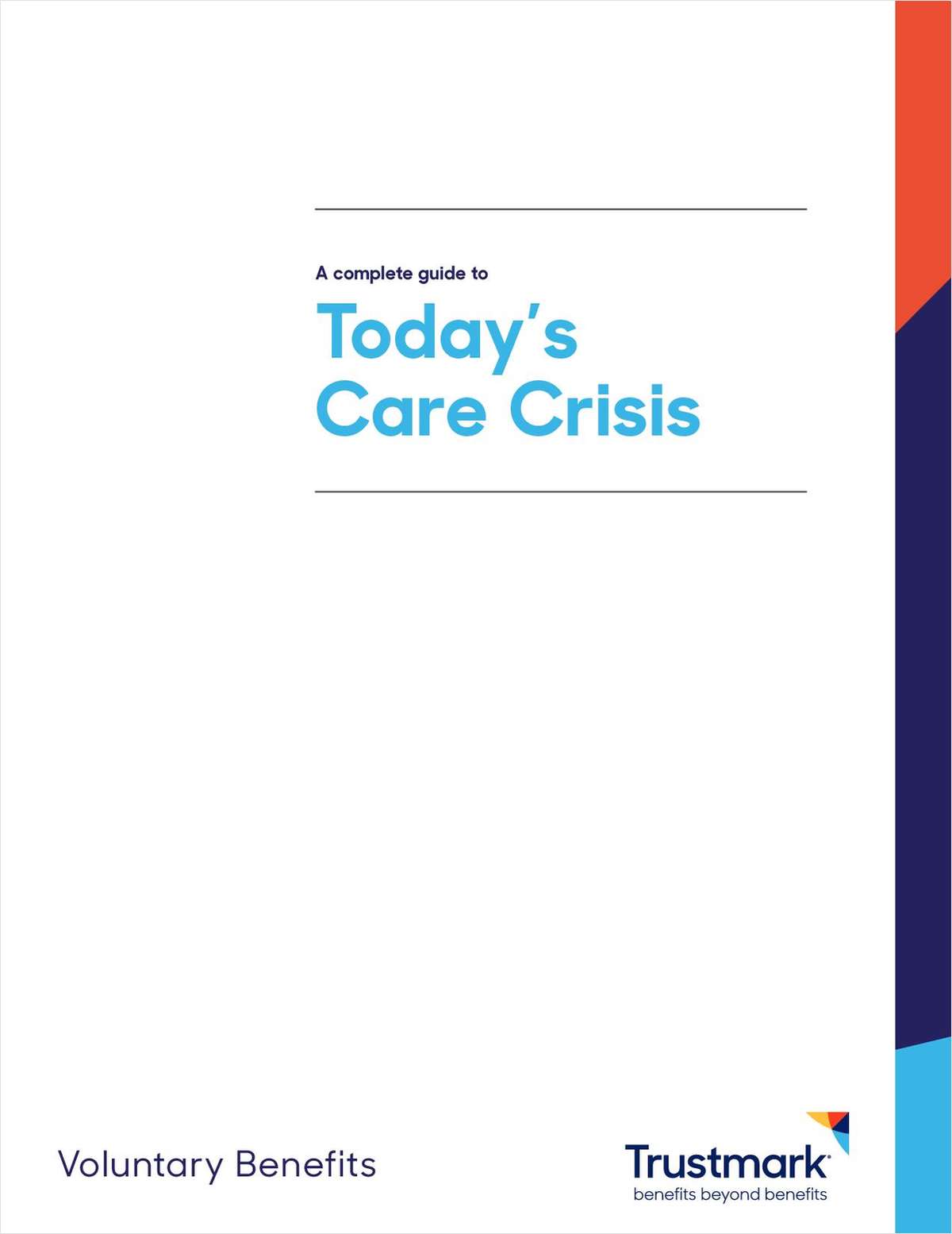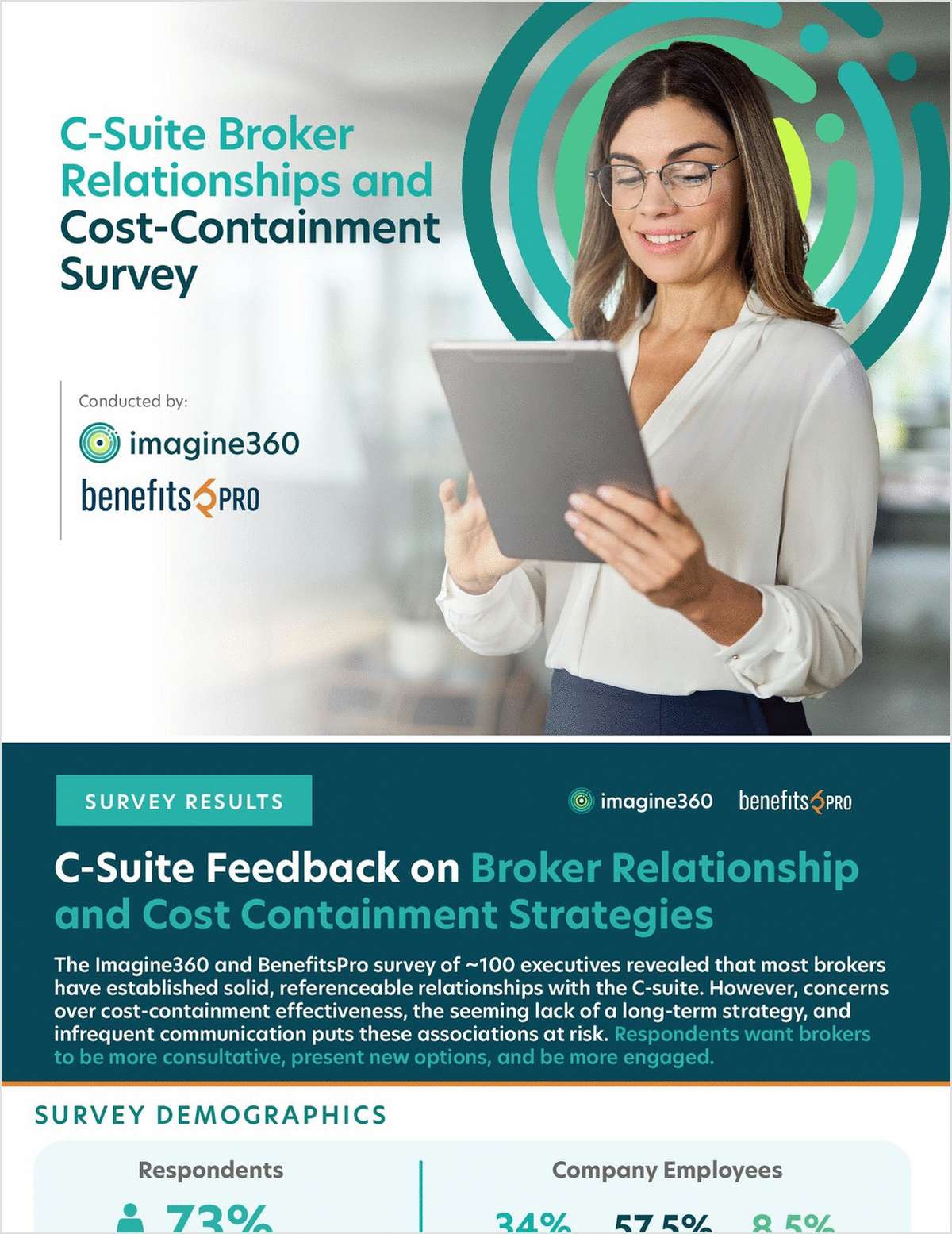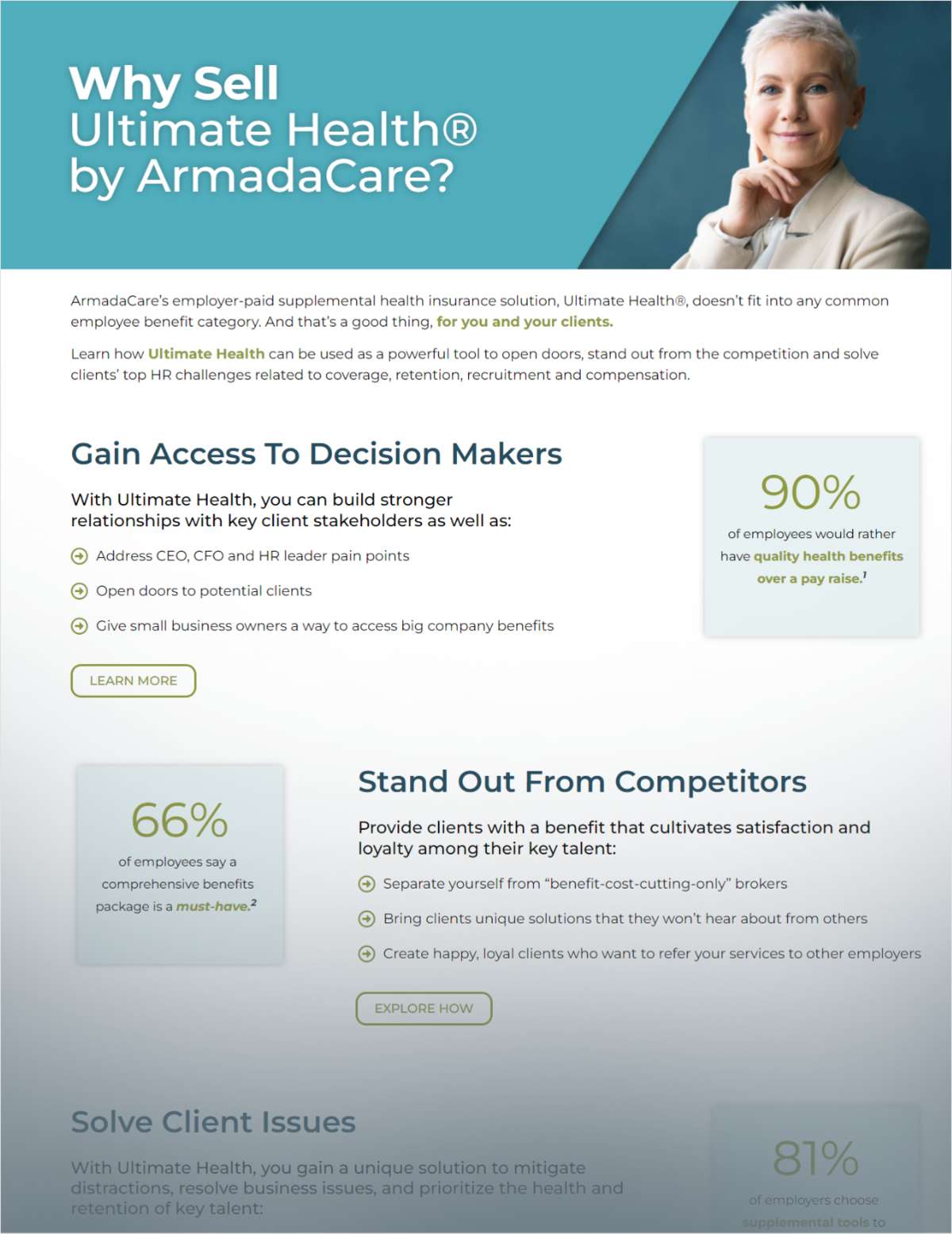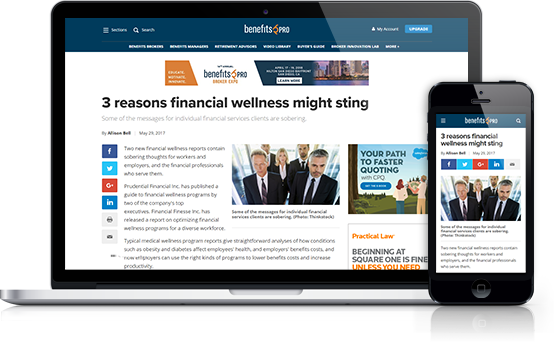 Credit: Adobe Stock
Credit: Adobe Stock
The first month of 2024 has come to a close, and one key theme from 2023 has carried into the new year: Hiring is still a strange thing. It remains difficult for both employers and job seekers. The rise of AI—both to write resumes and to screen them, for example — has just made things more complex and difficult for both sides. The global economy's volatility hasn't helped either. With so much uncertainty and so many rapid shifts in hiring plans — all combined with unprecedented types and volumes of employee turnover in many fields.
Complete your profile to continue reading and get FREE access to BenefitsPRO, part of your ALM digital membership.
Your access to unlimited BenefitsPRO content isn’t changing.
Once you are an ALM digital member, you’ll receive:
- Critical BenefitsPRO information including cutting edge post-reform success strategies, access to educational webcasts and videos, resources from industry leaders, and informative Newsletters.
- Exclusive discounts on ALM, BenefitsPRO magazine and BenefitsPRO.com events
- Access to other award-winning ALM websites including ThinkAdvisor.com and Law.com
Already have an account? Sign In
© 2024 ALM Global, LLC, All Rights Reserved. Request academic re-use from www.copyright.com. All other uses, submit a request to [email protected]. For more information visit Asset & Logo Licensing.








